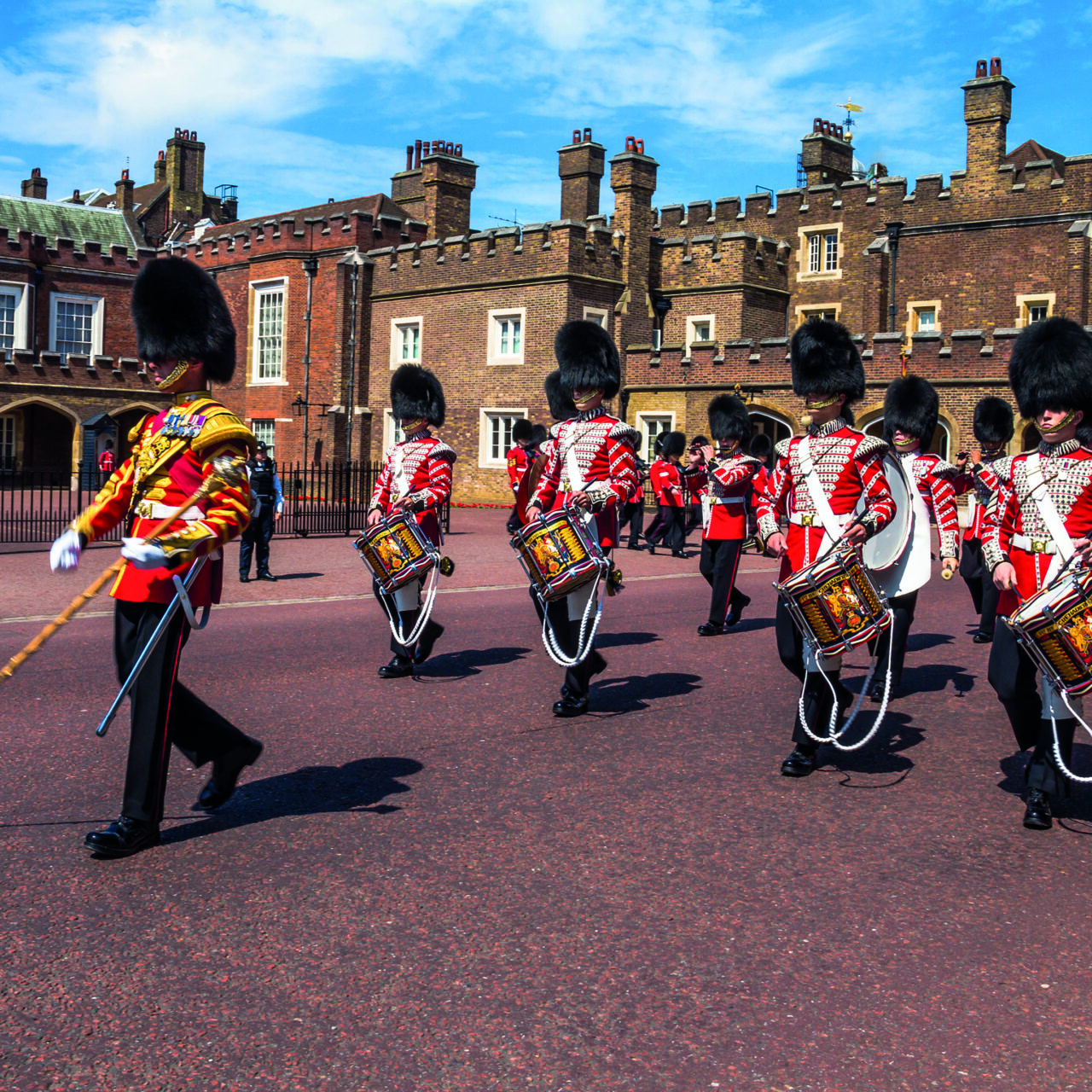From the iconic façades to the hidden gems, Laura Sedlak explores the best things to do in London’s Regent Street and St James’s.
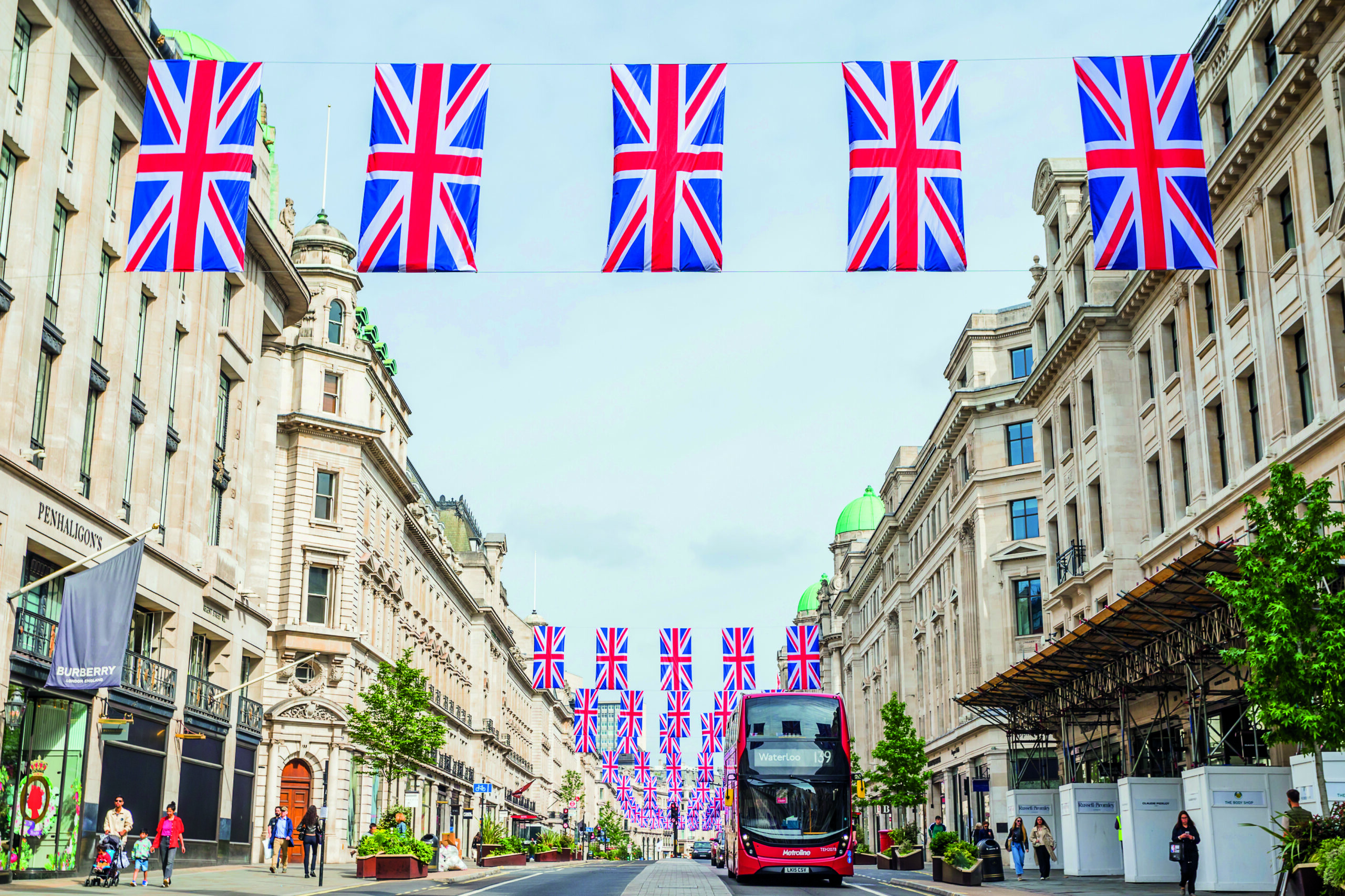
Welcome to Regent Street and St James’s, where the ladies and gentlemen of Regency London once shopped and socialised.
Although you’ll now see more black cabs than horse-drawn carriages, the iconic curve of Regent Street remains one of London’s top shopping destinations – just as it was when it opened in 1819.
Named after the Prince Regent, it is now home to flagship stores for some of the world’s biggest brands.
The nearby area of St James’s – once the domain of aristocrats and gentlemen’s clubs – offers historic shops, art galleries and refined dining. If you’re looking for the finer things in life, this is where you’ll find them.
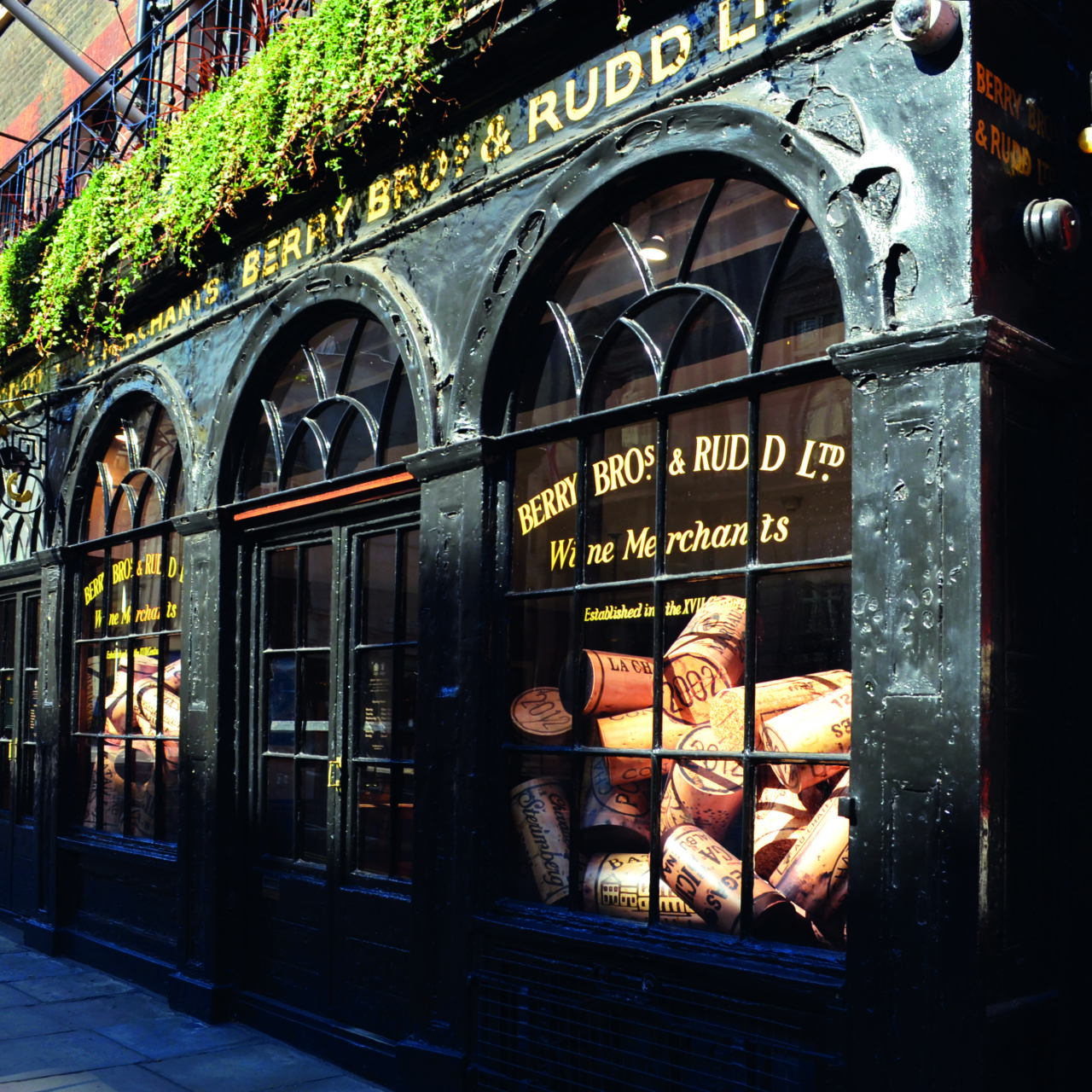
Berry Bros. & Rudd (c) Cbechinie | Dreamstime.com
Shopping
Regent Street
Stretching from Piccadilly Circus to Oxford Street, Regent Street is known for its beautiful Grade I and Grade II-listed façades. While the architecture endures, its shops below continue to evolve.
For fashion lovers, there’s the world’s largest Burberry boutique, alongside brands such as Karl Lagerfeld, Maje, Lacoste, Mulberry, Michael Kors and Cos, as well as high-street favourites.
The Apple Store on Regent Street is among its most architecturally impressive branches, having been redesigned by Foster + Partners.
Fitness fans will love Regent Street’s athleisure offerings, too – where else can you find Alo Yoga, Vuori, Gymshark and Lululemon just steps away from each other?
A must-visit is the iconic Hamleys – one of the world’s oldest and largest toy stores and a wonderland for kids of all ages. Spread over seven floors, it offers live demonstrations, entertainers, interactive zones and puppet shows.
Similarly, the luxury department store Liberty has been trading since 1875. Housed in a striking mock-Tudor building, it has long been associated with art and design and is especially known for its floral and graphic print fabrics. Today, it also stocks fashion for men, women and children, along with beauty and homeware from high-end and emerging brands.
St James’s
Head a little further south and find yourself in this historic, aristocratic neighbourhood, known for craftsmanship and tradition.
Here you’ll find tailors, fine wines, whisky and cigar merchants. Jermyn Street is famed for men’s fashion, with shirtmakers and tailors such as Turnbull & Asser, Hackett, Arterton and Myrqvist.
Berry Bros. & Rudd, established in 1698, is Britain’s oldest wine and spirits merchant. It became an official wine supplier to King George III in 1760, beginning a long-standing relationship with the royal family. The shop, which is Grade II-listed, still has its original coffee weighing scales from 1765.
Nearby, Fortnum & Mason, while technically on Piccadilly, borders St James’s and offers a famous food hall experience, renowned hampers and its celebrated afternoon tea.
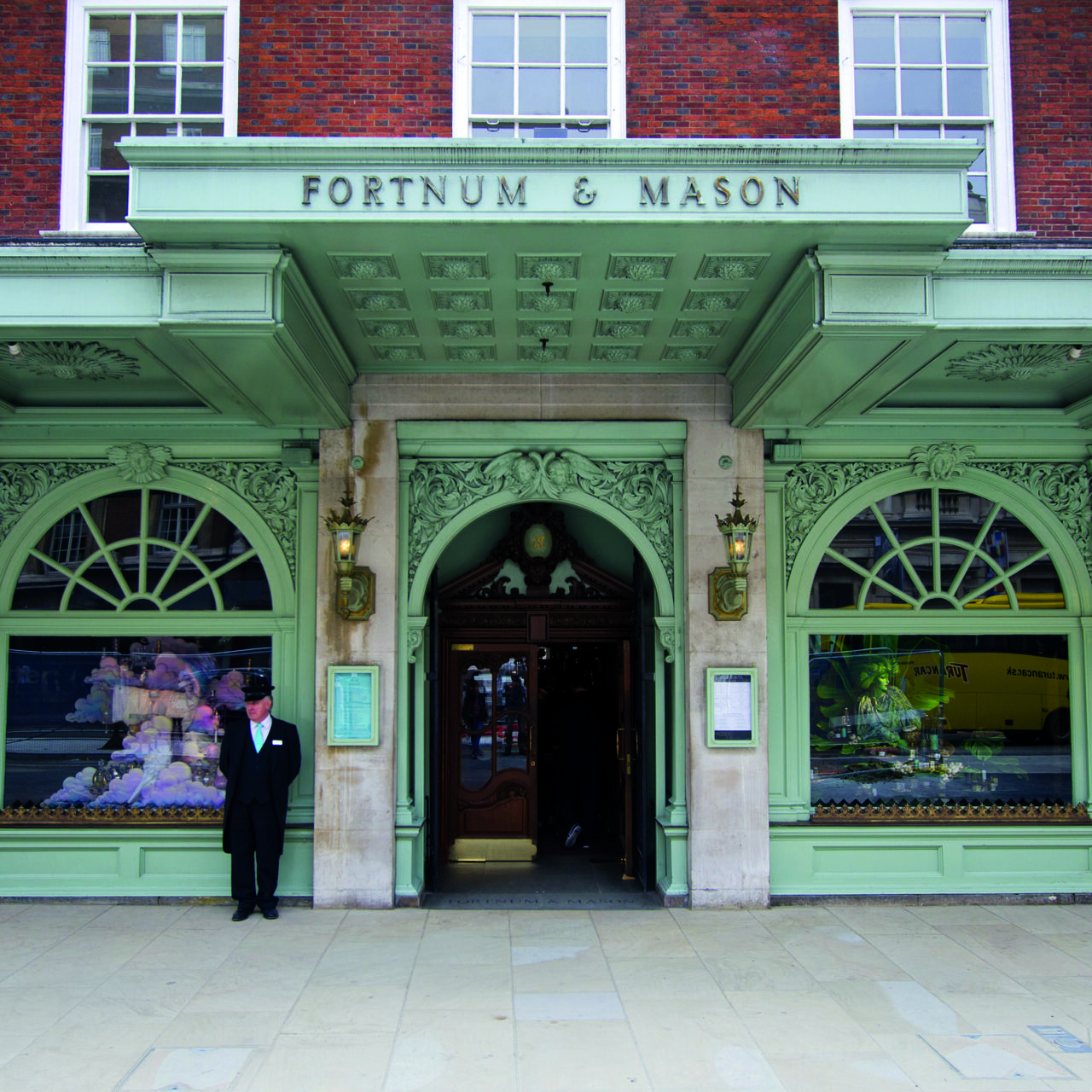
Fortnum & Mason (c) Jank1000 | Dreamstime.com
Food and Drink
It’s no surprise that fine dining is abundant in this part of London.
45 Jermyn St. is a lively, stylish spot known for its caviar trolley, a nod to its heritage since the original Fortnum’s Fountain Restaurant opened in the 1950s. Dishes such as classic beef Wellington, lobster spaghetti and indulgent knickerbocker glories are firm favourites.
Wild Honey St James, which holds a Michelin star, serves British ingredients prepared using French techniques in a sophisticated setting.
For rooftop dining, AQUA Kyoto and AQUA Nueva – atop the former Dickins & Jones department store – offer Japanese and Spanish cuisine respectively, alongside panoramic views of central London.
The Ritz Restaurant remains one of the capital’s most elegant dining rooms, where marble columns, chandeliers and silver service meet exceptional British cuisine.
Another West End institution, The Wolseley is famed for its breakfast, lunch, afternoon tea and late night offerings in a grand, European-style café setting.
Heddon Street, a hidden gem just off Regent Street, has some wonderful restaurants, from Michelin-starred Spanish diner, Sabor, sublime piri-piri chicken at Casa do Frango and top-quality steaks at Gordon Ramsay’s family-friendly Heddon Street Kitchen – who can resist the ice cream bar?
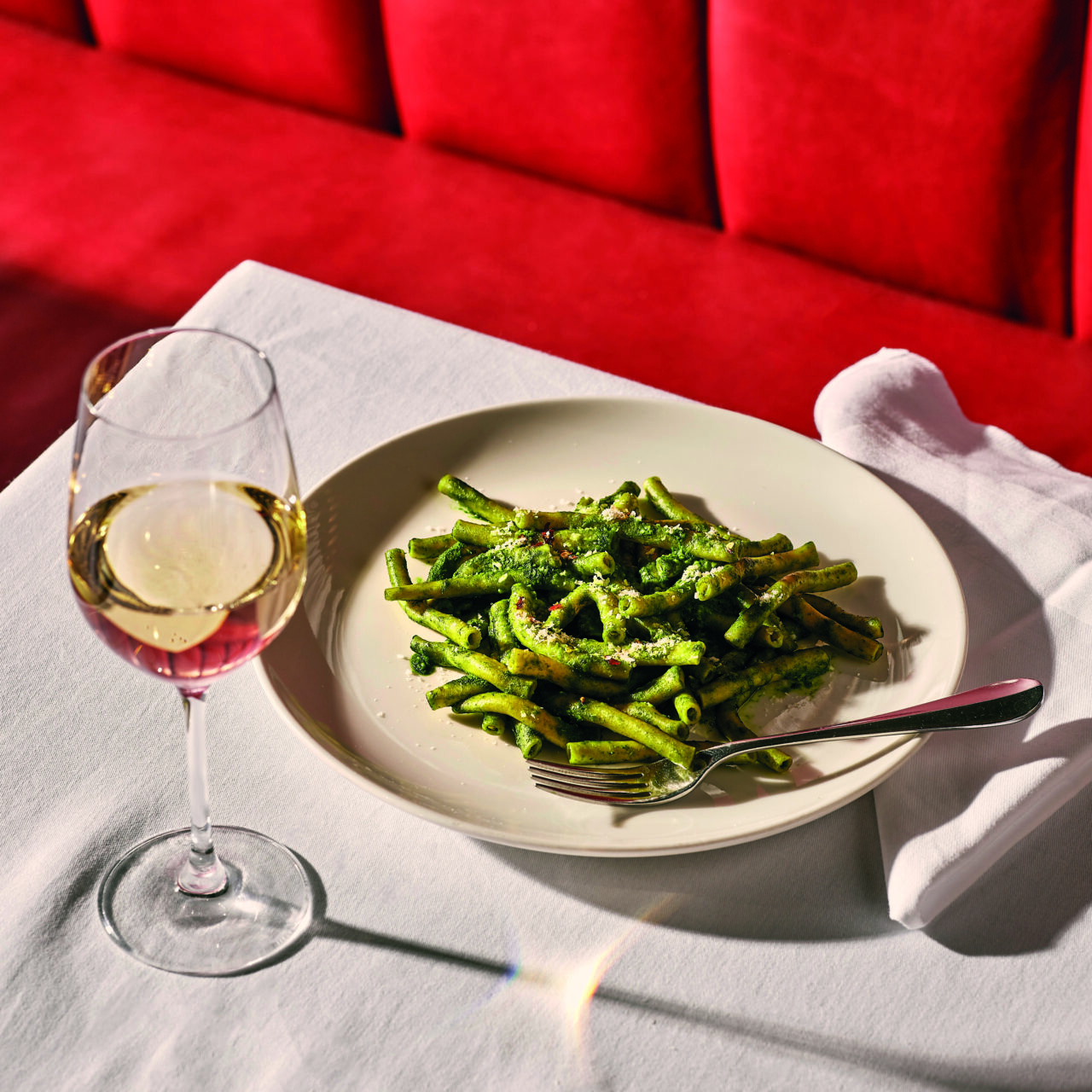
Museums and Galleries
St James’s is a hub for traditional and contemporary art. Colnaghi is the world’s oldest commercial art gallery and it’s open to the public. Auction houses Sotheby’s and Christie’s also display preview exhibitions ahead of sales, offering a chance to view museum-quality art.
For contemporary works, White Cube Mason’s Yard showcases exhibitions by artists including Tracey Emin and Damien Hirst.
Just along Piccadilly, the Royal Academy of Arts at Burlington House is one of the UK’s foremost art institutions, known for its annual Summer Exhibition (to 17 Aug) and landmark retrospectives.
On The Mall, the Institute of Contemporary Arts (ICA) hosts innovative exhibitions, films, talks and performances.
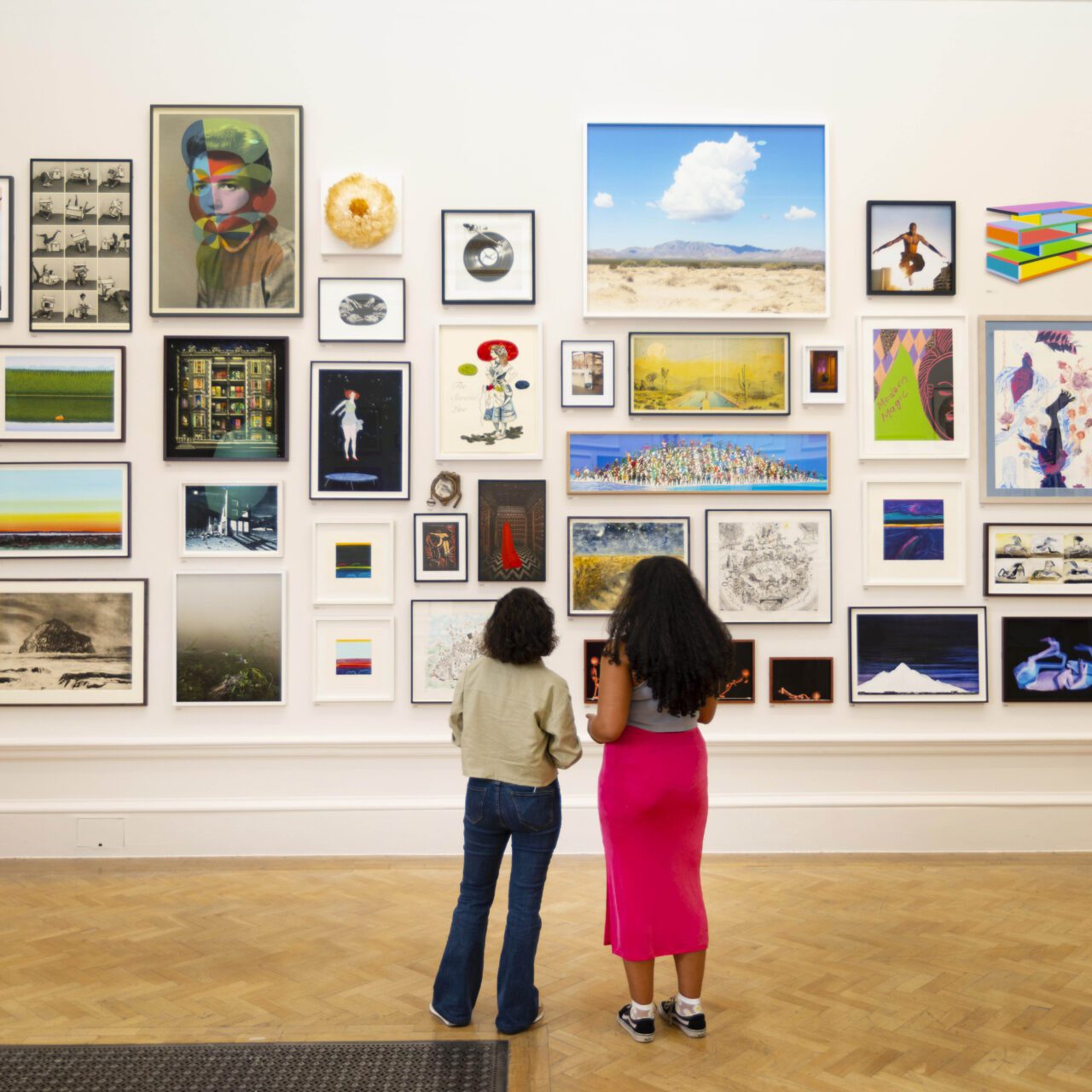
Historic Attractions
St James’s Palace has been a royal residence for more than 300 years. Though not open to the public (except for rare tours), it remains a working palace and ceremonial hub. Visitors can often see the red-coated guards on duty.
Regent Street’s Architecture
Designed by John Nash, Regent Street was built in 1819 to link Regent’s Park with Carlton House (near today’s Carlton House Terrace). While many of the buildings you see today were reconstructed in the 1920s, they retain the original façades. The only surviving Nash building is All Souls Church, located at the northern end of the street near Broadcasting House.
Flanked by Buckingham Palace and Clarence House, St James’s Park is the oldest of the Royal Parks and frequently hosts ceremonial events such as Trooping the Colour and royal jubilees. A walk along The Mall offers palace views and a front-row seat to the Changing the Guard ceremony.
Just as it has for centuries, Regent Street and St James’s attract visitors seeking the best in fashion, art, history and cuisine. Whether you’re taking tea, viewing masterpieces or indulging in a little retail therapy, this is London at its most refined.
